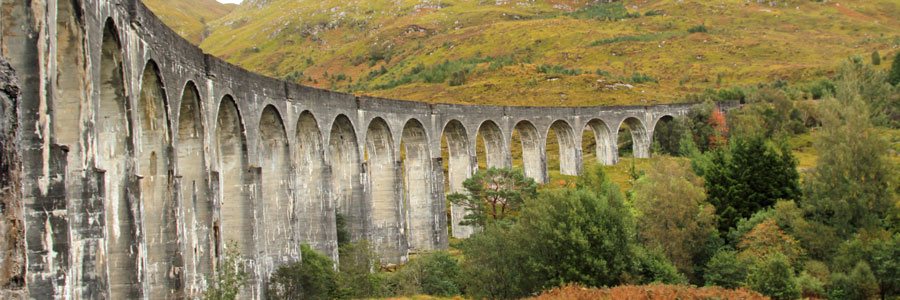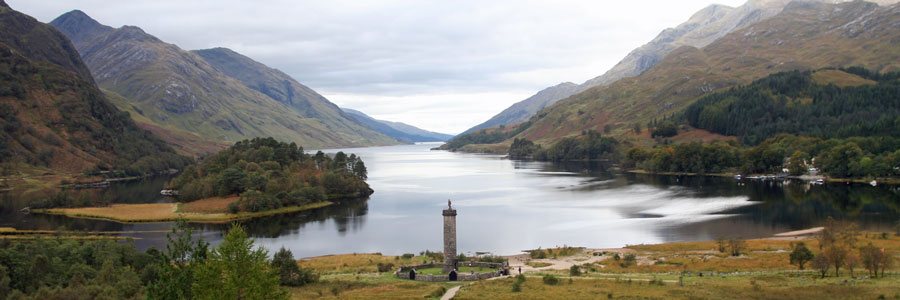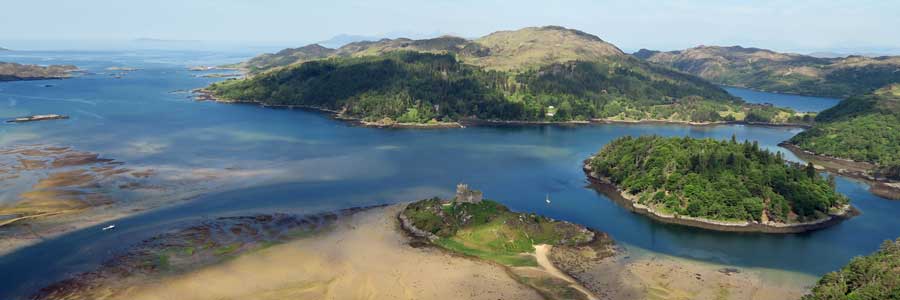 Sunart lies on the northern shores of Loch Sunart, with Ardnamurchan to the west, Ardgour to the east, Morvern to the south and Loch Shiel to the north. The area supports wet and dry heath, upland grassland, peat bog, Atlantic oak woodland and ash woodland (Tilio-Acerion).
Sunart lies on the northern shores of Loch Sunart, with Ardnamurchan to the west, Ardgour to the east, Morvern to the south and Loch Shiel to the north. The area supports wet and dry heath, upland grassland, peat bog, Atlantic oak woodland and ash woodland (Tilio-Acerion).
Ben Resipole is the highest mountain (Corbett) in the Ardnamurchan and dominates the landscape and provides a refuge for upland birds such ptarmigan and golden eagle. Loch Sunart is the Highland’s longest sea lochs and is designated as a Special Area of Conservation on the basis of the quality of its reefs. It is also considered one of the best places in the UK to see otters. Harbour seal and harbour porpoise are also present. The otter hide (The Grabh Eilean Wildlife Hide) at Ardery provides an ideal location for otter spotting and looking out for golden and white- tailed eagle.
 The Ariundle National Nature Reserve is a lovely place to visit at any time of the year. The Reserve is a fine example of ancient coastal Atlantic oakwood and is recognised for its old oaks supporting a huge diversity and abundance of ferns, mosses, liverworts and lichens. Over 200 species of lichen, over 70 species of moss and over fifty species of liverwort have been recorded on site. The Ariundle National Nature Reserve also supports a range of woodland birds (including breeding populations of crossbills), pine marten, badger, wildcat, pipstrelle bat and otter.
The Ariundle National Nature Reserve is a lovely place to visit at any time of the year. The Reserve is a fine example of ancient coastal Atlantic oakwood and is recognised for its old oaks supporting a huge diversity and abundance of ferns, mosses, liverworts and lichens. Over 200 species of lichen, over 70 species of moss and over fifty species of liverwort have been recorded on site. The Ariundle National Nature Reserve also supports a range of woodland birds (including breeding populations of crossbills), pine marten, badger, wildcat, pipstrelle bat and otter.
The main settlement in Sunart is Strontian, which lies of the north shore of Loch Sunart, with its lovely village green, general store, post office, police station, tourist information, pottery and café. Surrounding hamlets include Bellsgrove, Scotstown, Anaheilt, Polloch and Resipole. The small settlement of Resipole hosts an art gallery (Resipole studios), campsite, self catering and B&B accommodation.
Strontian has a long history of mining for lead, zinc, silver and more recently barite. The village has supported five mines at various times since 18th century (Corrantee, Middleshop, Fee Donlad, Bellesgrove and Whitesmith Mines). There are walks to two of the former lead mines at Strontian. The minerals galena and strontianite, the latter, named after the village, were discovered in the 18th century. The element strontium became important in the production and processing of sugar from sugar beet, whilst barite was use as a density agent in drilling fluids in North Sea oilfields. There is also interesting 19th century policy woodland in Strontian, now designated as Strontian Community Woodland, with over 60 exotic and native species of trees.
 There are some lovely walks in Sunart, with many of the walks starting from the village Strontian or nearby. These include Ardnastaing and Scotstown, Fairy Walk and Ariundle Oakwoods. You can also cycle along a forest track from Polloch to the head of Loch Shiel at Glenfinnan, returning by boat (Loch Shiel Cruises). Details of these cycles rides can be found on the Sunart Oakwoods website, together with further information on the Sunart Oakwoods, including biodiversity, history and conservation.
There are some lovely walks in Sunart, with many of the walks starting from the village Strontian or nearby. These include Ardnastaing and Scotstown, Fairy Walk and Ariundle Oakwoods. You can also cycle along a forest track from Polloch to the head of Loch Shiel at Glenfinnan, returning by boat (Loch Shiel Cruises). Details of these cycles rides can be found on the Sunart Oakwoods website, together with further information on the Sunart Oakwoods, including biodiversity, history and conservation.
You can cycle along a number of routes including along a forest track from Polloch to the head of Loch Shiel at Glenfinnan, returning by boat (Loch Shiel Cruises); around the Loch Doilet loop; along the forest tracks through Ariundle National Nature Reserve; and from Scotstown to Longrigg.
 The district of Ardgour is remote and predominately upland composed of a combination of rough grassland, heather moorland, blanket bog, native woodland (mainly pine) and montane heath. It is bounded on east by Loch Linnhe and on the west by Loch Sheil, to the north by Loch Eil and south by Loch Sunart. A large part of Ardgour (together with Moidart) has been designated as Special Protection Area in recognition of its thriving populations of golden eagle. The area is bounded by A830 to the north, A861 to the south and east. The interior is relatively in accessible except by foot. This is truly wild and remote territory, affording some spectacular views.
The district of Ardgour is remote and predominately upland composed of a combination of rough grassland, heather moorland, blanket bog, native woodland (mainly pine) and montane heath. It is bounded on east by Loch Linnhe and on the west by Loch Sheil, to the north by Loch Eil and south by Loch Sunart. A large part of Ardgour (together with Moidart) has been designated as Special Protection Area in recognition of its thriving populations of golden eagle. The area is bounded by A830 to the north, A861 to the south and east. The interior is relatively in accessible except by foot. This is truly wild and remote territory, affording some spectacular views.
Ardgour supports one of the best areas of Caledonian Pine Forest in the UK, as well as significant area of alluvial forest containing alder (Alnus glutinosa) and ash (Fraxinus excelsior). The pine forest is thought to represent a genetically distinct population from that of the rest of Scotland.
 The village of Ardgour is located on the shores of Loch Linnhe at the Corran Narrows and supports a general store with post office and fuel services, lighthouse and an inn. There is a car ferry service (Corran ferry) at Ardgour to Nether Lochaber.
The village of Ardgour is located on the shores of Loch Linnhe at the Corran Narrows and supports a general store with post office and fuel services, lighthouse and an inn. There is a car ferry service (Corran ferry) at Ardgour to Nether Lochaber.
There is a great selection of holiday accommodation in Strontian, Sunart and Ardgour region ranging from self-catering cottages, lodges and estate properties in Strontian, Ardgour and Sunart through to luxury hotels, guest houses and B&B. Make your holiday a holiday to remember in Strontian, Sunart and Ardgour this year.
Sunart and Strontian is a place for those interesting in coastal scenery, woodlands and walking. Ardgour is a great place to be awed by fabulous scenery and remote landscapes.









